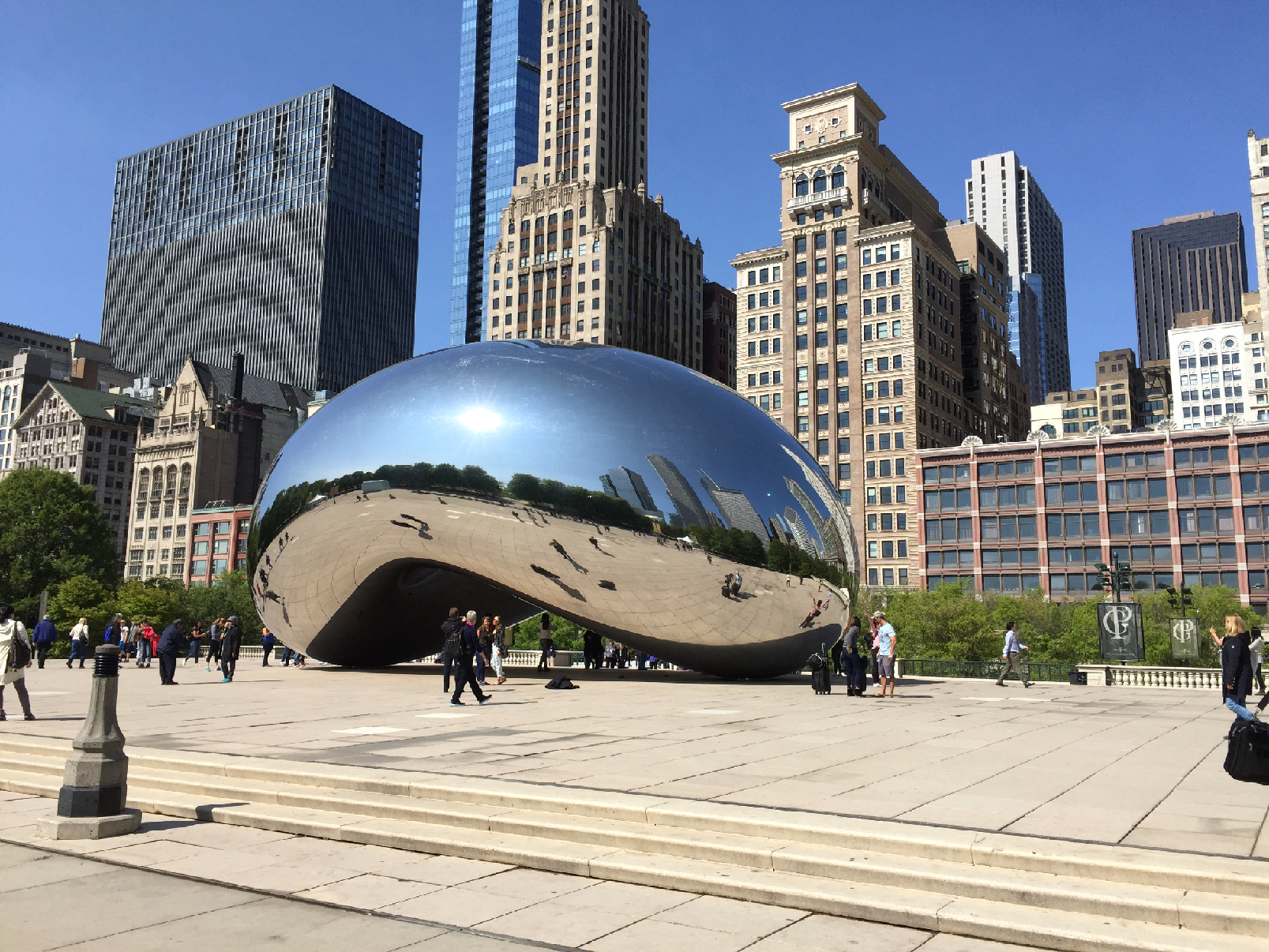Going to attend a meeting of the Oxfordshire Digital Inclusion Task Group. Is this 2002 all over again ?
Snow stops the UK
Next Generation Broadband
Having just spoken to a Fox FM (Oxfordshire) reporter I thought I should put my views up here.
Background
In 2002 I found that in my small rural Oxfordshire village I was missing out on high speed Internet access. The maximum I could get was 128k with my two ISDN channels,but more often than not this was 64k on one channel and voice on the other. Fine until ISP’s suddenly cottoned on that their always on service was not quite that and they started cutting people off who were on too long.
This was when I found that the BT telephone exchanges in Oxfordshire had been there since the Victorian era and had somehow missed out on BT’s consolidation programme in the seventies and there were actually 85 exchanges most not broadband enabled and with no timescale on the horizon and with subscribers in there 100’s .
In early 2003 I attended an event in Harrogate, Hardcore Wireless Networking that showed me what the rest of the world was doing.
So I started badgering BT and found some local Oxfordshire SME’s in the same position we met just after the Chipping Norton Exchange (Oxfordshire’s fourth/fifth largest market town) was ADSL enabled in late 2002. About eight of us formed as an action group – Oxfordshire Rural Broadband. We then came up with a business plan to light up the rest of Oxfordshire (some 40+ exchanges) which went to press on 17 November 2003, the day BT announced they would enable any exchange that could meet their demand requirements. This killed our business plan dead as we had relied on BT saying all the exchanges were unviable and there being market failure.
We did however submit a business plan to the West Oxfordshire Network who managed the EU Leader+ fund at that time for providing broadband to two West Oxfordshire exchange areas, our original pilot. Part of the reason they approved this was the effect the lack of broadband was having on the local property prices, especially the business units of local farms that could not be let.
I then spent almost two years of my life helping a community 35 miles away with their broadband.
Alongside that I campaigned locally for my own exchange to be enabled, the actual website seems to have disappeared so I have uploaded it to here. Broadband arrived here in 2004 and I got a certificate from BT Wholesale.
Next Generation Broadband – What might have been.
Along the way I joined CBN, a cooperative of community broadband providers and enthusiasts and ABC the access for broadband campaign. Both tried to hold an event in 2006 that went under the title Next Generation Broadband. Unfortunately shortly before the event the then DTI organised a free event as to their ideas on the future.This pinched the paying audience from ABC and was aeons behind ABC in their uses of broadband and future requirements. The UK had 512k, Malaysia had 100Mb but we had the best broadband in the world, because it was available to everyone. TOSH.
I also found out that every home in the UK is less than 7km from a dark fibre backbone. That is a fibre pipe that is not in use, due to the dot.com bubble all or most of the fibre startups had put fibre in then gone bust….
I also noted that in the late seventies before BT’s privatisation Mrs Thatcher turned down BT’s application to install fibre to the home for the provision of video on demand, something we don’t have thirty years later! All down to Mrs T favouring Sky.
BT also built the telecoms infrastructure for Milton Keynes around fibre in the eighties, when they rolled out their current flavour of broadband (ADSL) they had to put in copper in parallel to give MK broadband.
ADSL in the UK has severe technical limitations when distance from the exchange is taken into account, hence the reason why few people can actually achieve the 8mb currently being sold.
Next Generation Access – What is proposed
All the current fuss revolves around a government report by Francesco Caio on behalf of DBERR which says that:
There is no need for immediate major government intervention in the short term to accommodate traffic growth, but in the next five to ten years NGA will become a critical infrastructure and, as such, the Government should actively support and monitor its development.
In the short term, the case for a major Government intervention is weak …
The high costs of NGA, and high expectations of what it can deliver, tend to raise expectations in some quarters that the Government should make a major intervention – such as a large subsidy or structural change to regulation – to support the market. However, it is the conclusion of this review that the case for such a major intervention is weak at best. There are three principal reasons for this.
… but government should act now to support investment in NGA
This first conclusion, however, should not lead to complacency. In the mid- to long term, Broadband/NGA will become a critical digital utility, essential to the competitiveness of any country and to the quality of life of its citizens. The UK will be no exception and, if anything, it will be even more dependent on this infrastructure than other economies. Here, high-quality broadband will be essential for the continued development of sectors that in recent years have elevated the UK to a position of global leadership, such as the creative industries, financial services, software and gaming. Equally importantly, broadband will be central to critical processes of information and innovation in education and health services.
Here is a summary from DBERR whereas the full report is here
This report should be read in conjunction with the Broadband Stakeholder study titled The costs of deploying fibre-based next-generation broadband infrastructure which highlights the cost of a full roll out of fibre to the home as £28.8bn. As noted on www.thinkbroadband.com the highest element is the running of fibre in new ducting.
So if I understand all that, we don’t need to do anything today (whilst other countries are installing it) we can wait until it is too late.
There is also nothing in the offing for the rural communities, the competition and short termism requirements of the stock exchanges/lenders require that the soft targets are installed first, the large towns and cites, meaning that BT will install fibre where Virgin already have it. We will be back to 2002-2004 where local business/properties were all affected by the lack of broadband and the lack of a plan to provide it within a reasonable timeframe.
The EU has just announced a consultation:
perhaps we can rely on them?
There is also an upcoming CBN event in Manchester, Next Gen 08 Conference on 4th November 2008.
Oh well back to campaigning………….
One consumer worth listening to, she said it in 2002 and is repeating it now, not much changes http://5tth.blogspot.com/
Oxfordshire Broadband Partnership
Whilst campaigning for broadband ORB led the way and tried to get the local authorities, business and the communities to create a partnership to ensure that we could future proof broadband and ensure as technology improved the mainly rural community of Oxfordshire did not get left behind.
The initial meeting in 2004 at West Oxfordshire district council’s offices fell on deaf ears but in late 2005 Oxfordshire County Council changed their minds and under a SEEDA banner, the partnership was created and was able to distribute some grant funding, see http://www.oxbroadband.co.uk
Oxfordshire Rural Broadband
In the autumn of 2003, ORB was created to “light up Oxfordshire”, at this time 40+ of the 89 Oxfordshire exchanges were not about to be upgraded any time soon. ORB put a business plan together to put several linked wireless networks together around the county. This plan was being submitted to SEEDA (the regional development authority) in late November. On 17th November 2002 BT announced trigger levels for the remaining viable exchanges (leaving about 300 without). This unfortunately stopped ORB’s campaign in its tracks.
However part of ORB’s business plan was accepted by the West Oxfordshire Network, who had some European funding available via LEADER+. With matched funding for SEEDA ORB was presented with £56,000 to create a broadband network for the Shipton and Kingham exchanges in West Oxfordshire. The full story can be found here http://www.oxonrb.net
The network was live providing broadband two years before BT arrived.
The network was put together by Adrian Wooster (http://www.great-technology-company.co.uk ) and myself using both 5.8GHz and 2.4GHz devices with a 5.8GHz backbone using Lancom units and 4g system meshcubes.

